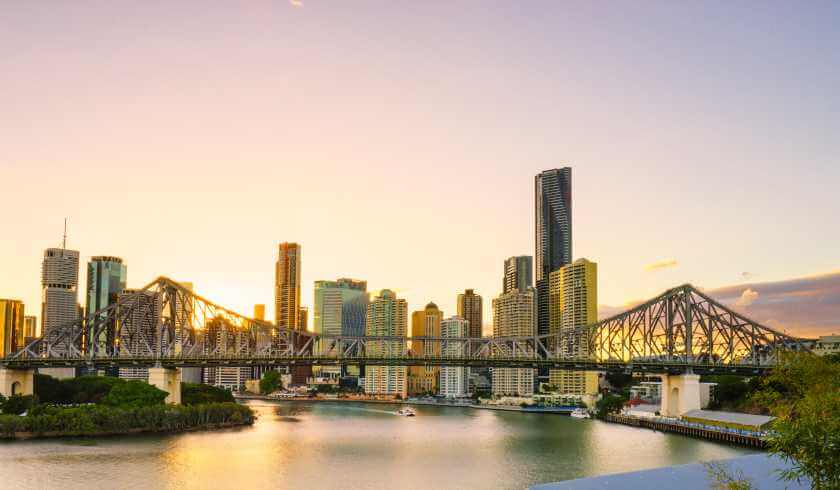Queensland land value sees steady growth
Off the back of a government report, the Brisbane residential land market has seen “minor” success since the last official valuation, and while it does follow a decline, the impact on investment is expected to be reduced to a “soft landing”.

According to Neil Bray, Valuer-General of Queensland, the state has seen continued signs of strength in select areas of the state.
This is even considering the advice from Queensland Treasury that dwelling investment has entered a recovery phase after a decline of 4.8 per cent during 2017-18.
“While approvals and construction have declined, the substantial amount of work remaining in the pipeline indicates dwelling investment is headed for a ‘soft landing’ compared with previous housing cycles,” the advice from the state Treasury read.
Since the last valuation in 2017, land values in the Brisbane area rose by 6.8 per cent, with residential land rising between 5 to 15 per cent.
While there are variations in market movements in residential land, it is considered to be the largest market sector in all of Brisbane according to the Valuer-General’s report, seeing approximately 304,000 valuations, with a rise of 7.1 per cent.
In the whole area, 126 suburbs saw their value rise by 15 per cent, with 16 rising by more than 15 per cent, while 37 suburbs saw values hold steady.
The inner city suburbs with the largest median value rises were Auchenflower, Woolloongabba, Milton and Paddington, with the latter seeing its land value rise to $740,000.
Other well-performing suburbs Carseldine, Boondall and Rocklea, as well as Sinnamon Park, Jindalee and Kenmore, as well as select rural properties on the fringe of urban areas.
A trend noticed by the Valuer-General since 2017 is the shift in Brisbane’s CBD away from residential development to commercial office spaces.
Meanwhile, the multi-unit sector has seen its land values risen by less than a per cent, while the high density suburbs of Chermside and Mount Gravatt have declined slightly.
Greater Brisbane
Looking out further to the Greater Brisbane, the Redland City Council area saw its market and land values improve since its last valuation in 2016.
The Redland City area saw little improvement, with notable increase in Alexandra Hills, while unit development for the sub-region increased.
Logan City land saw a slight increase, with improved demand recorded in Logan Central, Woodridge and Kingston, while markets around Jimboomba also saw increases.
The Ipswich City Council area also a slight increase, with larger rises noted in Ripley and South Ripley. Ripley also saw increased demand for new development land. Larger homesites also saw slight value increases, particularly in Karalee and Camira.
Land values in Moreton Bay Regional Council were also on rise since its last valuation in 2017, with the success of its residential market due to its closeness to Brisbane City, Pumicestone Passage and Moreton Bay. Land adjoining Brisbane City saw minor land value increases, while slightly larger increases were seen in Caboolture, the Redcliffe Peninsula, Woodford and Dayboro.
Multi-unit land values also saw improvement, with demand rising in Caboolture, Redcliffe Peninsula and Bribie Island.
